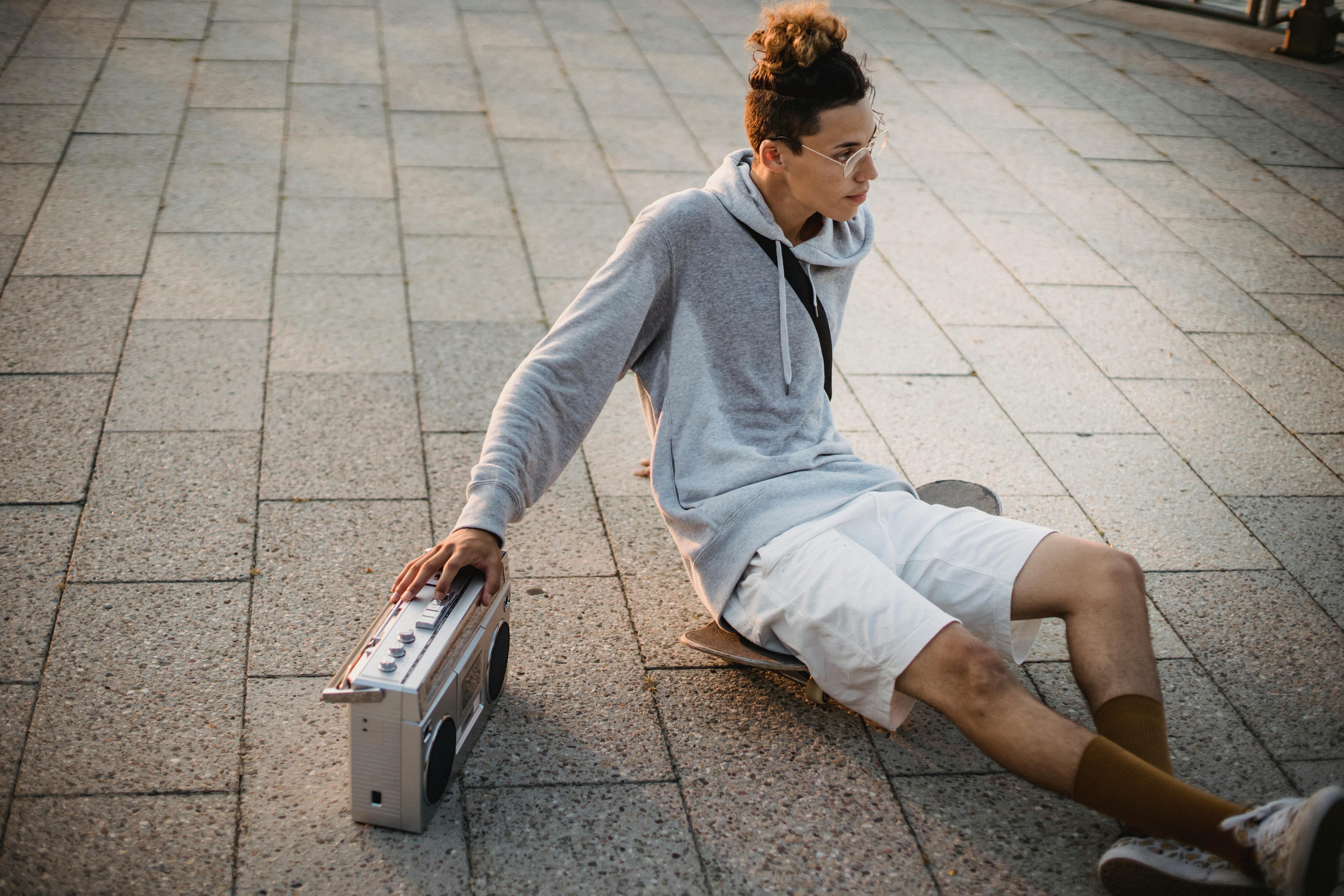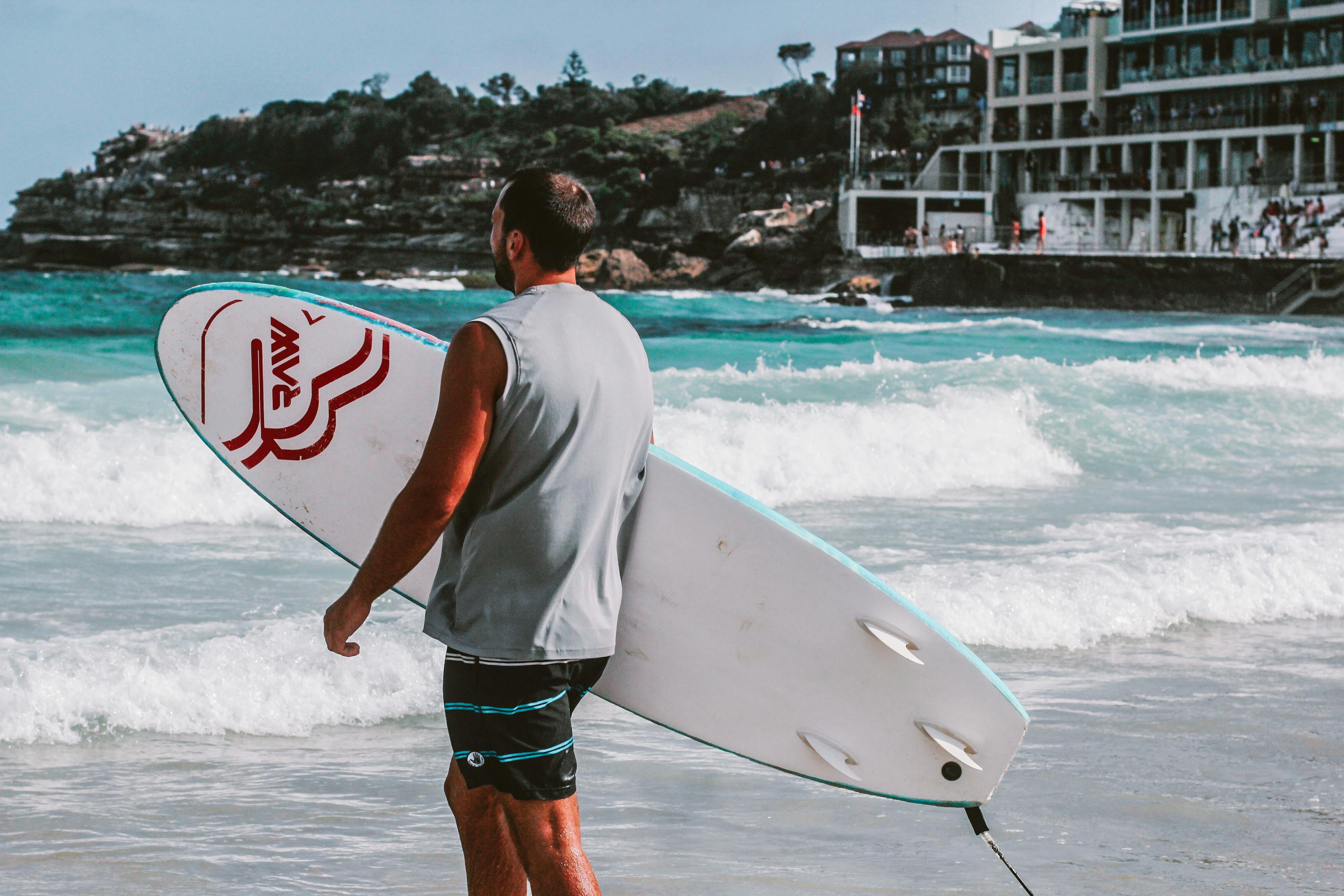Rusty Westmorland OBE, Lakeland’s Last Rock Climbing Pioneer – Founding Father of Keswck MRT [1886-1984]
Horace Westmorland, was born in Penrith, Cumberland in 1886, the second and last child of Emma and Thomas Westmorland, Alice being his elder sister by one year.
The Westmorland family ran a successful tannery business in the town, which gave them the money and time to spend all their spare time exploring the far corners of the English Lake District in a time when it was wild, in its mostly unfenced, devoid of tourists, and most importantly with only a handful of rock climbs, usually mountain ravines and only in winter, this being the training ground for the middle class mountain climber who made it to the Cumberland Hills before heading out into the Alps. on annual climbing trips.
For its part, the Westmorland family was well known for its adventurous lifestyle; in fact, her father, her aunt and her uncle were noted for their ropeless ascent of Pillar Rock in 1873, making it the second ascent by a lady.
What may not be known is that Rusty, as he came to be called, had a climbing career that spanned more than 90 years, with many first ascents to his credit, both here in the English Lake District and in the Rocky Mountains. from Canada.
It all started on his first birthday, when he and his 2-year-old sister were taken to an overnight outdoor camp by their parents on Norfolk Island in Ullswater. Two weeks later, the two were taken to the top of Helvellyn, to attend the bonfire to celebrate Queen Victoria’s Golden Jubilee. On his fourth birthday, his father took him to Brougham Castle, where they both went up to the second floor and down again, without using a rope.
On his 11th birthday, he would meet the “father of English rock climbing”, Walter Parry Haskett-Smith, along with 3 other notable Lakeland climbers: John W. Robinson, Ellis Carr, and Geoffrey Hastings, as they returned from a failed attempt. . in a ravine at Tarn Crag above Grisedale. What Rusty didn’t know back then was that it would be his name that would get the credit for the first ascent of this daring climb some 13 years later, and that 2 years later he would be hiking the Canadian Rockies with Haskett. -Smith, when a rockslide could very well have ended Haskett-Smith’s climbing career, if not his life, but sources at the time kept this incident secret.
On his 15th birthday (1901), he climbed Pillar with his sister and father, all ropeless, a daring feat for the time, and made several ropeless attempts in some as-yet-unclimbed ravines in Dovedale and Deepdale. .
When his father died in 1909, Rusty became a man of private means, so he could go climbing almost every day. During this newfound freedom, he met and became good friends with George and Ashley Abraham, with whom he would climb many times.
Despite regularly climbing with his older cousins, John Mounsey and Arthur North, making exploratory climbs on many local crags, 1910 was for Rusty his busiest climbing time to date. He started in January climbing the Tremadoc and Carreg Wasted with George and Ashley Abraham, where they climbed extensively before returning to the lakes to continue climbing until the end of February. In March with others, he made the first ascent of Easter Crack at Elliptical Crag followed in April by a first ascent of Blizzard Chimney. With his cousins, he climbed more winter climbs at St. Sunday Crag; Fairfield; the Dodds; Pike Dollywagon; and Catchedicam. In June he set out for the Alps with the Abraham brothers on a photographic climbing expedition. During his visit, they made many first ascents that became the basis for George’s book, ‘On Alpine Heights and British Crags’.
Returning to the lakes, Rusty continued to climb with his cousins, making the first ascents of Chock Gully and Dove Crag, plus a second ascent of Dollywaggon Gully, possibly the first true full ascent on a climb.
In 1911, he went to Canada and got a job with a mountain reconnaissance team led by Arthur Wheeler, the founder of the Alpine Club of Canada. During his three years working with Wheeler, Rusty scaled many peaks and summits in the Canadian Rockies alongside Swiss guides like Konrad Cain, the Fuez brothers, and others. His list of ascents is impressive (some first and second ascents) some just invite repeat ascents. His climbs number more than sixty summits and peaks, including being the first person to scale the cliff face of Mount Whyte.
He obtained a commission in the Territorial Army – 50th Regiment Gordon Highlanders, and after the outbreak of the First World War, he was commissioned in the Canadian Royal Transport Company. During his time on the front lines, he was nominated several times for citations in dispatches for his bravery as he led his ammunition supply train under fire, to troops on the front lines at both Ypres and the Somme.
He returned to Canada after the war, continued to serve in the Canadian Army and climbed and skied whenever he could. He went on to discover boulders to climb in Nova Scotia, was instrumental in discovering ski spots in Quebec, and made major climbs in Vancouver and on Vancouver Island, some of which have rarely been repeated. In addition, he was a great horseman and participated in many competitions in Halifax, Nova Scotia, winning several times in his class (heavy horse), and he was also a good amateur golfer and general skier.
In 1936, he went to the Alps with his close friend, Dr. PB Finn (Director of Atlantic Fisheries), for two weeks and in that time they climbed the Unttergabellahon, Riffelhorn (by three different routes), Rimpfischhorn, and then crested their vacation with an ascent of the Matterhorn. By the time they returned to Cumberland, Gerald Greenback and others had established the Lake District Ski Club of which Rusty was invited to be president, to which he remained connected for the rest of his life.
Upon his return to Canada, he made the first winter ascent of the East and West Lion outside of Vancouver; he did the first winter ski exploration of the entire Yoho Valley; he discovered a rock called Nido del Águila and made the first ascents of all the routes in both summer and winter; he wrote countless climbing and mountaineering articles for local newspapers; he gave frequent illustrated talks on the subject and participated fully in the mountain warfare training program established in the Rocky Mountains by the Alpine Club of Canada. This prompted Rusty to pay a clandestine visit to the War Office in London, which resulted in the Lovat Scouts being sent into the training program, commanded by Frank Smythe.
With the onset of World War II, Rusty received the go-ahead from the Canadian government to establish and manage the country’s first official military mountain warfare training camp at Terrace, east of Prince Rupert. While traveling there on the train, he became seriously ill with biliary colic which caused his gallbladder to be removed. As a result, in 1945 he was medically discharged from the army with the rank of lieutenant colonel, he returned to his beloved Cumberland and retired to Keswick.
Since he never allowed grass to grow under his feet, he was on the moors and crags within days of arriving home.
A year later, in 1946, he came to the aid of Wilfrid Noyce (an Everest veteran) who had fractured his femur while climbing Great Gable. This event led Rusty to form the Borrowdale Mountain Rescue Team, which later changed its name to the Keswick MRT. Ultimately, he was awarded the OBE for his mountain rescue services, as well as receiving the Silver Rope Award from the Alpine Club of Canada in 1947, the only climber to do so that year.
Throughout his life he climbed and toured the moors and hills of the UK and Canada with many notable climbers; Haskett Smith, George Seatree, Norman Collie, Noel Odell, Bentley Beetham, Harry Griffin, Godfrey Solly, Tony Mason-Hornby (Ogwen Cottage), John Disley, and many others. In the 1960s he suffered from stomach cancer – he underwent 15 major operations – he was given a few weeks to live in 1964 – but he was still climbing and walking in 1976 at the age of 90, without a helmet, harness or other modern aids to climb and, wearing a full time catheter helmet!
He published ‘Adventures in Climbing’ (1964), wrote articles for a variety of climbing magazines, and made the world’s first live outdoor radio broadcast while rock climbing with Stanley Williamson in Borrowdale, the broadcaster responsible for cleaning up Captain Thain of blame for the Manchester United Munich air disaster.
Rusty was a quiet, unassuming person who preferred to be in the shadows of publicity. He took great interest in introducing many novices to rock climbing and skiing, and was a firm believer in the adage that climbers should not fall and as such should learn to ascend and descend to improve their technique and climbing skills. .
On November 24, 1984, Rusty finally succumbed to his illness and sadly dementia, passing away in a nursing home near Kirkby Stephen.
One particular view of Great Gable, considered the finest in all of Lakeland, was marked by his father and uncle building a burial mound in the 1830s, now known as Westmorland Cairn, where Rusty’s ashes were scattered. He left behind an only son, Horace Lyndhurst, and an only grandson, Dickon, who now lives in Australia.




